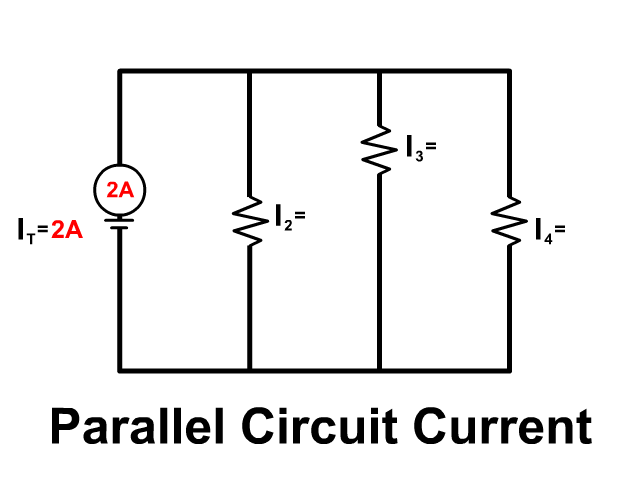
Also, the voltage of a parallel circuit can’t increase without the resistance in the circuit decreasing. Parallel circuits can also be complex to design.

The first thing that people tend to dislike about them is that they have longer cables and wires, which can be expensive and take up more space. There are a few disadvantages to parallel circuits.
SERIES PARALLEL CIRCUIT SERIES
While series circuits don't overheat as easily and may be better for applications around anything flammable, parallel circuits are much more reliable for larger scale applications where there’s no room for error. Safe and ReliableĪ parallel circuit is reliable and safe. This isn't possible with a series circuit because voltage drops as you add or take away components, possibly causing damage to the mechanism. All of the bulbs within the string will be consistently bright as the current flowing through them, the voltage operating equally on every parallel element. One damaged tail light is not going to impact the efficacy of the other lights, which maintains safety.Īdvantages of Parallel Circuits Consistent VoltageĪpart from its ability to continue functioning, even if one section fails, parallel circuits also allow for components in a circuit to have the same, consistent voltage. This is why parallel circuits are also used within automobile manufacturing, specifically for wiring car headlights. As mentioned before, this isn’t true with parallel circuits - if one component of it fails, it won’t compromise the rest of the security system. One major issue with this type of circuit is that if one part of the circuit fails, the other parts will fail as well resulting in a failed security system. For the most part, security cameras are installed using series circuits, but this can cause a lot of errors. Security cameras are another way people utilize parallel circuits. In a real-world application within a factory, for example, if someone shuts off a conveyor belt, it’s not going to impact the performance of any other piece of equipment on the factory floor (unless of course it’s been designed that way.)

This is why parallel circuits are so commonly used in the writing structure of a home or building. If one of the components of a parallel circuit becomes inactive, the rest of the branch continues to function as normal. All of the components run perpendicular and are connected by the side branches, Applications of Parallel Circuits On the other hand, a parallel circuit is set up more like a ladder. You can imagine a series circuit as a circle or square, the current flowing around in a loop. No matter how many components are connected in a purely parallel circuit, there are never more than two sets of common points.īut how do parallel circuits differ from series circuits? In a series circuit, the components are connected in an end-to-end formation, creating a single path for the current to flow.

For a current to flow through each component of this type of circuit, it would need to travel down the “rungs” on either side of it.

An essential part of the “parallel” circuit is that it’s all connected in parallel sequences, hence the name. We know that these circuits are found in our homes and place of work, but what are the specific applications of parallel circuits, and why do we use them?Ī parallel circuit has segments that divide the current so that only a portion of it passes through to each segment. Parallel circuits are the standard circuits found in home electrical wiring and offer distinct advantages over other circuits. Parallel circuits keep the lights on in our homes and ensure that different appliances continue to work, even if other appliances are turned off. Without parallel circuits, our homes and electronic devices wouldn’t be able to function the way we require them to function.


 0 kommentar(er)
0 kommentar(er)
